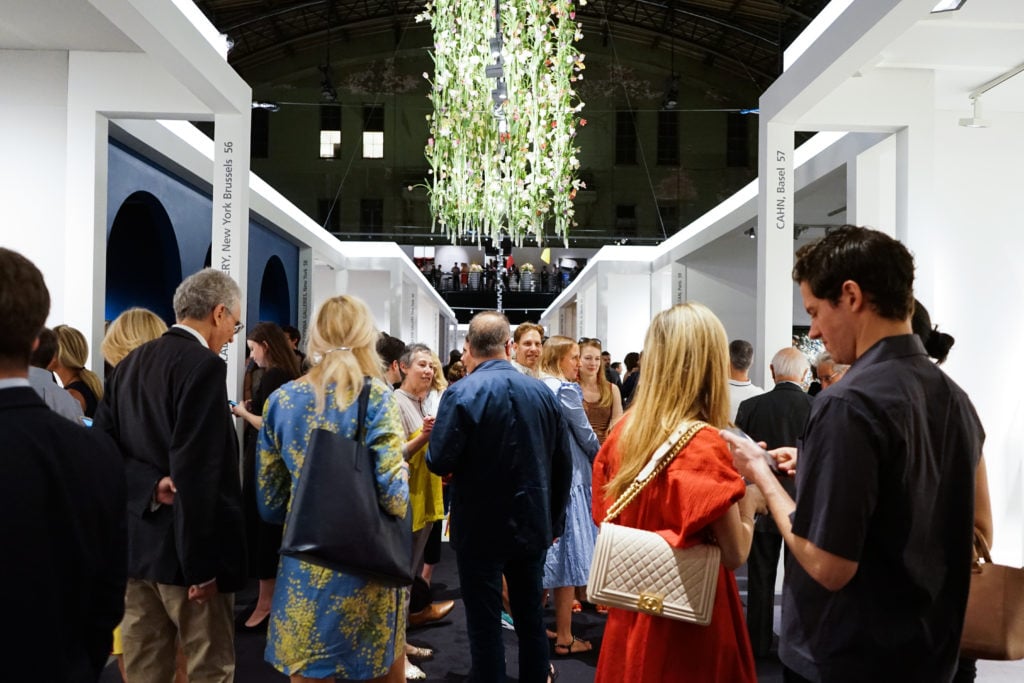Market
New Report Finds Loans to Collectors Make Up 90 Percent of the $20 Billion Art Finance Market
The first ever TEFAF report on art-world financing shows all but the most elite dealers still fund their business the old-fashioned way.

The first ever TEFAF report on art-world financing shows all but the most elite dealers still fund their business the old-fashioned way.

Tim Schneider

It may not take rigorous number crunching to feel confident that, in the art market, the rich keep getting richer. But we now have a new study to define the contours of that trend more clearly than ever—and some of its findings suggest the divide between the apex and the rest of the field is starker than even close observers may have realized.
Timed to the opening of its second annual spring fair in New York, the European Fine Art Foundation (TEFAF) this morning released its overview of art-backed loans and the funding practices of galleries and dealers. Commissioned from Anders Petterson, the founder of art-industry analytics firm ArtTactic and a previous author of Deloitte’s annual Art & Finance Report, TEFAF’s Art Dealer Finance 2018 views this niche from multiple angles to try to provide the most comprehensive picture of reality.
Two prongs converge to deliver the findings. The first consists of a survey of 142 galleries and dealers admitted to TEFAF’s art fairs worldwide—more than 50 percent of all participants—conducted in January and February 2018. The second consists of a series of interviews with what the report terms “key finance providers” in the field, ranging from private and commercial banks to firms specializing in art-secured lending (also known as loans where art is used as collateral).
Among the study’s key results, the following four best capture the tailwinds pushing the market’s highest fliers even further ahead. Just keep in mind that all estimates below are considered likely, but not certain. As always, beware of the unknowns.
These conclusions are especially extreme given that the pool of respondents as a whole already represents only a commercially powerful vanguard of the larger gallery and dealer population. As the report emphasizes, TEFAF’s vetting committee is famously selective, both of its exhibitors and of the works deemed fit for sale in its fairs. If only the most elite of this elite club are willing and able to secure loans against their art, how grim are the options for rest of the field—incidentally, the galleries and dealers who likely need help the most?
Maybe future studies will offer even more insight. TEFAF’s Art Dealer Finance 2018 is the first of the targeted reports it has pledged to produce going forward. The organization announced this January that its 2017 study of the overall art market would be its last, shredding what had been TEFAF’s calling card in industry analytics since the turn of the millennium. Time will tell how art professionals judge the pivot, as well as which aspects of the market future studies will address.